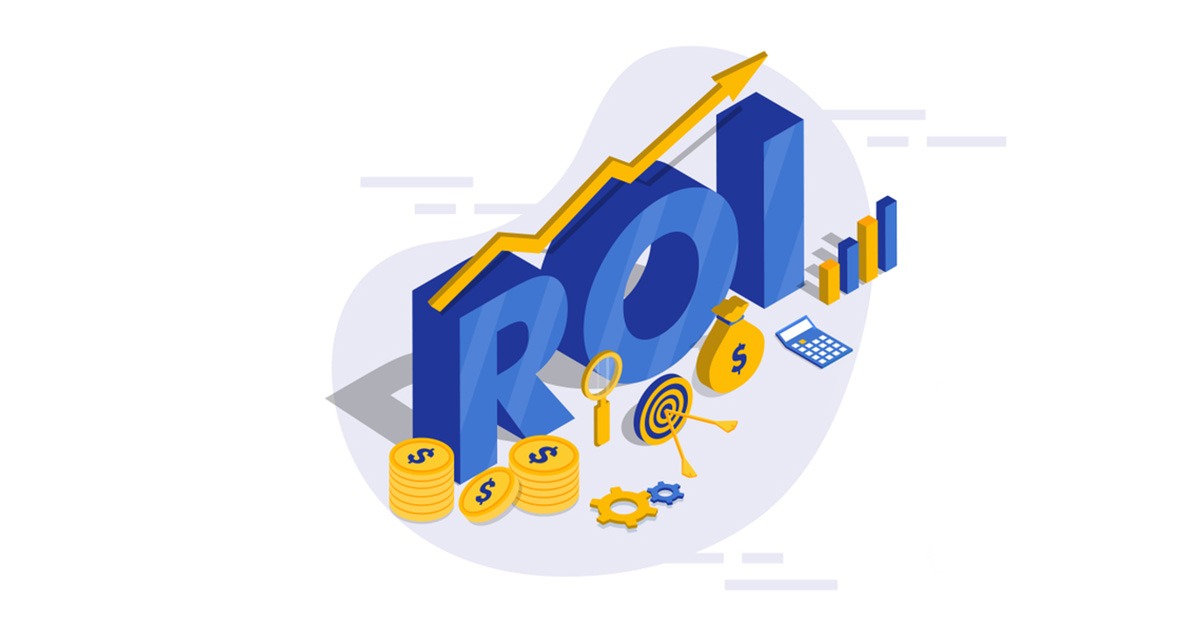
Robotic process automation (RPA) is an incredible tool for businesses due to its ability to increase innovation, enhance productivity, and help companies deliver a much better customer experience.
RPA, in the last few years, has become a powerful automation technology used across businesses.
Using software robots to communicate with business applications, it not only reduces the burden on employees but also streamline processes.
What is RPA ROI?
ROI in RPA is a way to quantify the expected and actual returns on an investment in RPA that can help companies make better decisions, optimize their solutions, and learn from any pitfalls.
Developing these metrics are critical to creating an effective road map for implementation, building support, and validating assumptions.
However, it is necessary for companies to understand what data to collect, which benchmarks are valuable, and how to best make use of the information they gather.
Formula to calculate ROI
Return On Investment = (Net Return on Investment / Cost of Investment) * 100
IMPORTANCE OF RPA ROI METRICS
The process of using ROI as a benchmark can be broken down into three primary phases:
- Initial phase – Before implementation, project managers can use ROI data and parameters (from other implementations) to build the case for RPA.
- Interim phase – With the progress of the RPA implementation project, organizations need to understand and collect ROI data, including customer experience, as it helps in both validating initial assumptions as well as identifying areas for improvement.
- Ongoing phase – As RPA technology continues to evolve, it has been applied to a growing number of business processes.
Businesses should, therefore, continuously track the ROI of RPA implementation and look for more areas that could benefit from automation.
Effective measures to calculate the ROI of the RPA Projects
1. Choosing the right pilot project
It is essential for businesses that they choose the right processes for automation. Picking up processes that are either repetitive in nature or prone to errors leads to a significant increase in ROI.
2. Accurate bot counts and proper utilization
Often, businesses wonder why they aren’t able to achieve the expected business value even after deploying multiple bots. The need here is to focus on proper utilization of bots keeping in mind both the short term & long term business goals with the aim of achieving higher ROI.
3. Proper programming
Businesses need to understand the fact that software robots are programmed to follow instructions, and will only perform the tasks assigned to them.
In order to achieve more significant automation ROI, the bots must be appropriately programmed for efficient and faster completion of tasks.
4. Process speed estimation
Estimating process speed is yet another vital metric to measure the ROI of your RPA deployment. It is absolutely essential to compare the total time taken from input to output once the bots are deployed for the completion of a particular task to assess the overall increase in process velocity.
The fact that software robots work continuously without needing breaks, tasks associated with the processes are bound to be completed much faster.
5. Improved compliance
By ensuring that you include automatic compliance check-ups in the workflow, all the compliance & regulation criteria can be easily dealt with.
Moreover, robots are also equipped to handle the task of regulatory reports production, thus improving the speed as well as the accuracy of the processes.
6. Enhanced accuracy
Accurate and faster outputs indicate increased productivity of the business. It is, therefore, safe to say that the rise in productivity is a combined measure of the improved outcomes obtained via robotic process automation deployment.
Other RPA Investments
Inevitably, there will be some one-time costs associated with your initial purchase and implementation. In addition to the cost of RPA software itself, you’ll want to assess and plan for the cost of:
- IT infrastructure
- Initial integration with existing systems
- User training
- Creation and management of procedures and frameworks
As you scale your digital workforce and automate more processes, the savings will overtake these initial costs. However, you will still be left with some maintenance costs, such as:
- Software licenses
- Software maintenance and upgrades
- Development and testing
- User support and ongoing training
- Infrastructure updates
- Program management
The more you expand your automation and scale to include more software robots, the more these costs will be offset, resulting in a higher RPA ROI.
Conclusion:
There is no denying the fact that RPA solutions offer the advantage of efficient processes and significant cost-savings to companies. However, businesses looking to adopt robotic process automation services need to understand the key performance metrics to measure the ROI of RPA accurately as well as to take into account various costs associated with deploying the project.
If you wish to deploy RPA effectively in your organization, it is imperative to make ROI a significant focus during different stages of deployment -planning, implementation as well as governance.
Now that you know how to calculate ROI for an RPA project, it’s time to see how SOAIS can help you in automating your processes.
